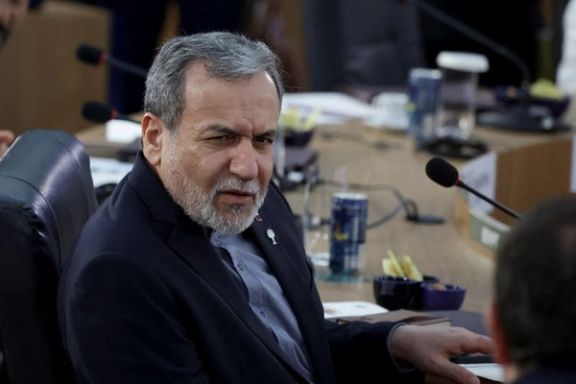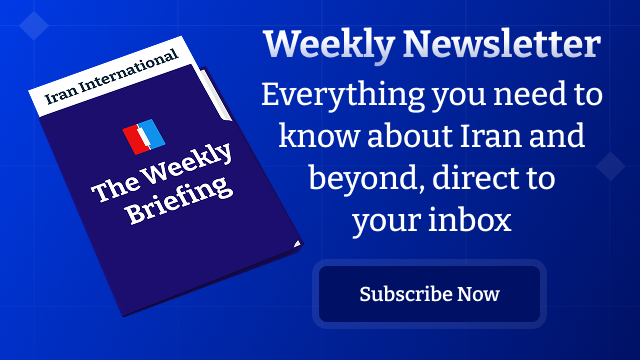Images of former nuclear negotiator Ali Larijani meeting Russia’s President Vladimir Putin emerged without prior notice on Sunday, shortly after a separate encounter between Putin and Iran’s Foreign Minister Abbas Araghchi.
The hardline daily Javan, affiliated with the Revolutionary Guards, reported the visit on Monday and questioned its goals and timing.
“It may have been a force majeure meeting—urgent and unpredictable,” an editorial read. “The urgency could stem from last-minute coordination on US and Israeli aggression against Iran, the nuclear dossier, the Gaza crisis and the faltering talks with the European troika.”
Javan dismissed the possibility that arms deals were on the agenda, noting that Moscow has offered only tepid support in recent conflicts despite being “indebted to Iran for undermining American hegemony.”
Foreign Ministry spokesman Esmaeil Baqaei asserted on Monday that Larijani met Putin as a representative of Iran’s president, Masoud Pezeshkian.
But the very need for clarification may be seen as confirmation of what many in Tehran already believe: Pezeshkian is not a key player in foreign policy, and important messages are conveyed by Khamenei’s aides rather than diplomats.
Signs of a comeback?
Larijani’s sudden appearance alongside Putin was seen by some pundits as a signal that the former parliament speaker might be “back” after a spell out of spotlight.
Vahideh Karimi, political editor of the reformist Sharq, analyzed Larijani’s evolving role. She noted he seized the 12-day war with Israel as an opportunity to reposition himself.
“Larijani knows the corridors of power in Tehran and is widely regarded as a moderate figure well-versed in negotiation,” she wrote.
Once a staunch conservative, Larijani aligned with former President Hassan Rouhani to tap into reformist popularity—a shift reportedly frowned upon by Khamenei, who later barred him from the presidential race.
Since the war, Larijani has returned to more conservative positions. Karimi argues that his Revolutionary Guard background, pragmatic ambiguity and rhetorical agility make him uniquely suited to the current moment.
‘Calculated ambiguity’
The timing of Larijani’s visit to Russia appears strategic. With high-stakes negotiations underway over Tehran’s nuclear program, Iran may have sought counsel from Moscow—its most powerful regional ally.
Karimi also pointed to Larijani’s increased engagement in religious circles as a calculated move to court conservative backing. Still, she warned that Iran’s hardliners—suspicious of independent operators—could once again block his ascent.
Yet Larijani’s key asset, she added, lies in his ambiguity: neither fully beholden to any faction nor entirely obedient, a trait that resonates with many Iranians.
Karimi said the Moscow meeting reflects both Khamenei’s trust in Larijani and possible backing for a future leadership role.






